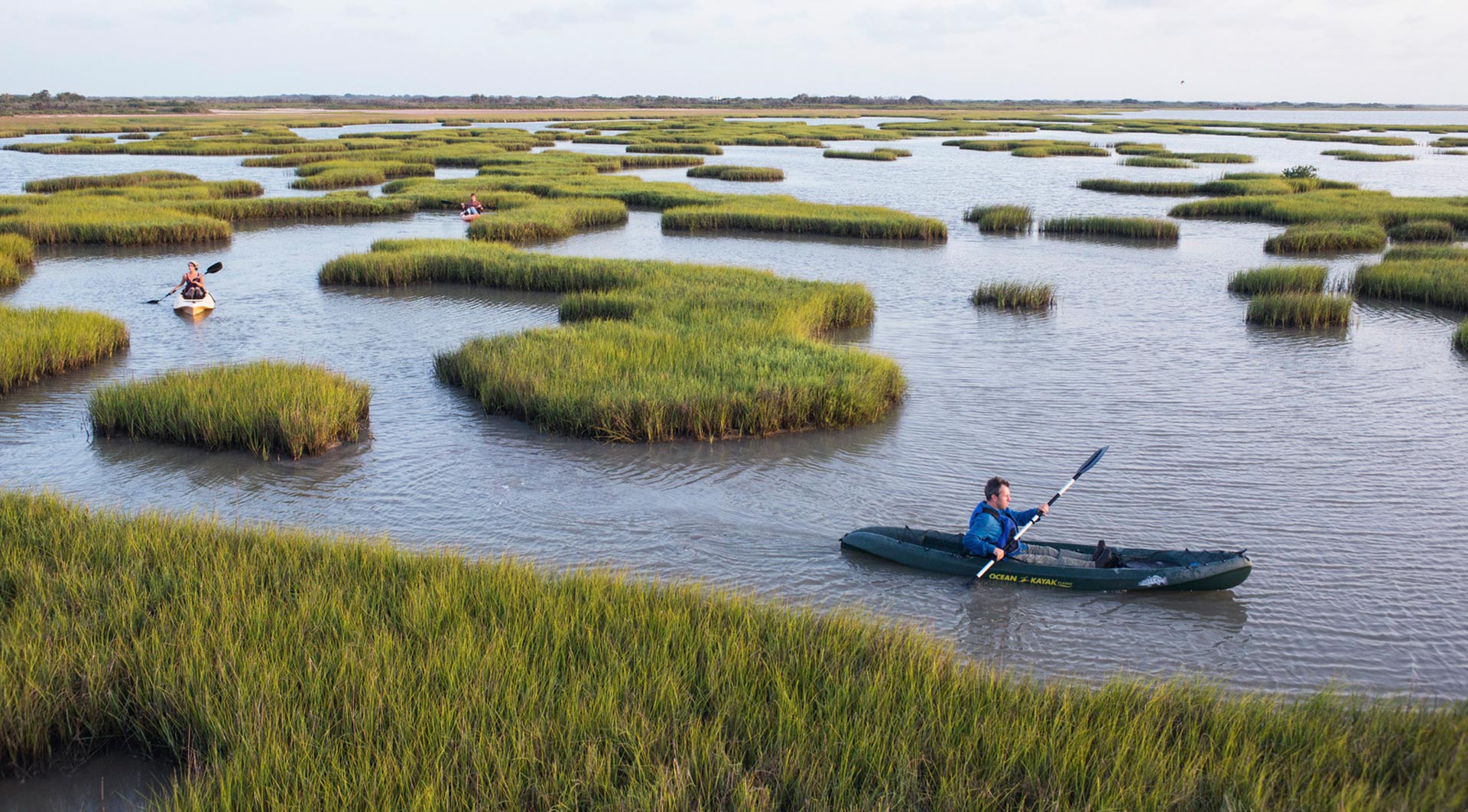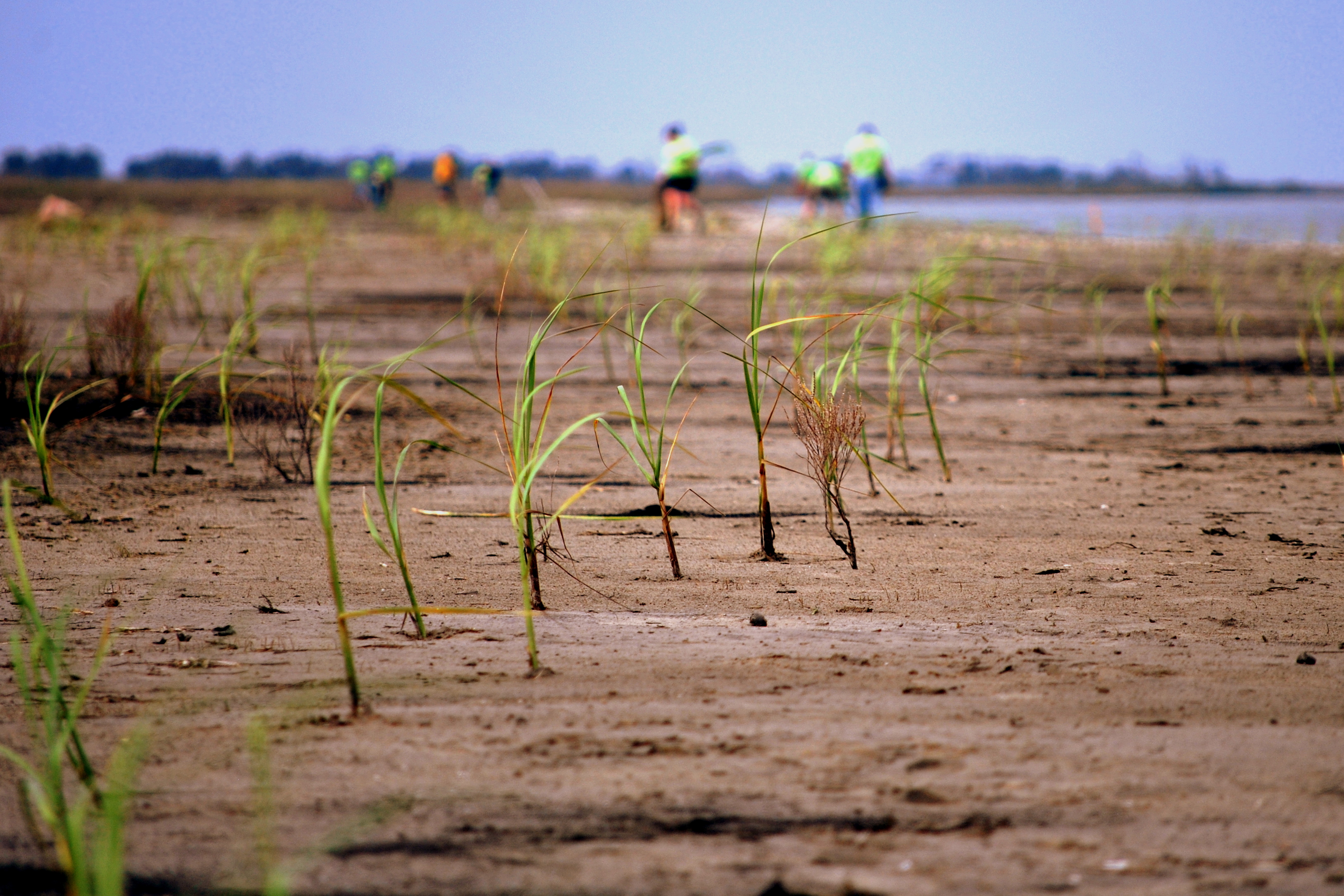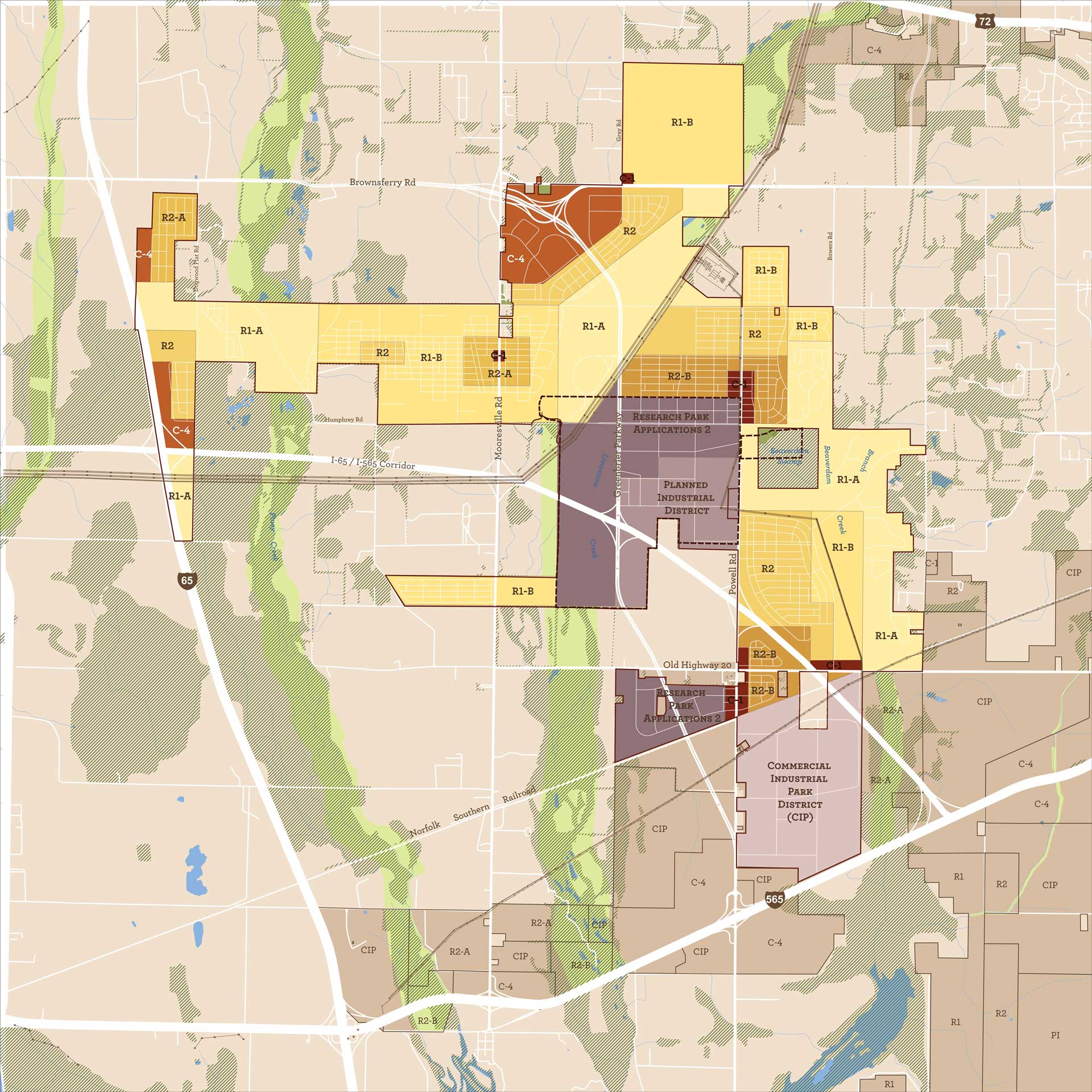Adaptive Restoration of the Former Saltworks in Camargue, Camargue, France
Challenge: The Camargue region in France is an area extremely vulnerable to flooding due to its low elevation and deteriorated ecosystems from intensive salt production in the region between 1950 and 1970. The site is one of the areas in France most threatened by coastal erosion and sea level rise inundation in France. Coastal erosion is accelerating as a result of sea-level rise. In the 1860s, coastal protection relied on polders, which are areas of low land once under the sea, but now separated from it by dikes. The site is located in the Rhône delta, a dynamic coastal area of recent geomorphological origin (400 years).
Project Details
- Location: Camargue, France
- Population: Uninhabited
- Strategies: Ecosystem restoration
- Cost: (€) Between 7 and 13 Million Euros
- Benefits: Biodiversity restoration, Reduce flooding, Reduce erosion, Recreation, Tourism, Water quality improvement
Overview/History: With increasing coastal erosion and the collapse of one of the sea-front dikes built by the salt industry, the French Coastal Authority acquired the land and decided to restore coastal wetlands in the former salt flats to act as a buffer against storms. An additional dike protecting assets and people was retrofit inland, but the local population remained worried about coastal flood risks.
The restoration site had been used for salt production by a private company from the 1950s onwards. After a period of inactivity, it was sold to the French Coastal Conservancy for restoring natural wetlands between 2008 to 2012. Prior to the restoration, the salt production process included a series of progressive transfers of sea water through lagoons resulting ultimately in harvestable salt for market. The lagoons were embanked and separated by water sluices for pre-concentration of salt.
Solution: The restored project site recreated coastal ecosystems such as lagoons, dunes, and salt marshes. The main goal of this hybrid project was to restore the original characteristics and processes of the ecosystem by re-establishing and maintaining hydraulic connectivity across different water bodies as well as boosting natural resilience of the system to storms and decreasing impacts of storm and climate change-related risks to the local community. Measures adopted included the dredging of channels, restoration/creation of connections between previous saltworks and surrounding wetlands, and the decommissioning of seafront dikes to restore gravitational water flows. This nature-based approach was chosen because it both met ecosystem restoration objectives and provided means for draining excess flood water and buffering against storm surge and erosion. Because the approach alone was able to meet the ecological and social needs at this site, other traditional ‘grey’ engineered measures were not needed in the project implementation.
Co-management through expertise/knowledge sharing was important in improving the understanding of the possible future scenarios at such a dynamic site. Furthermore, robust political support and the involvement of local communities in the project was crucial for the conception and implementation of the project. Good communication with stakeholders was initiated and maintained throughout the project to foster local buy-in and decrease counterproductive and false information about the project objectives and outcomes. Moreover, the project implementation highlighted a clear need to secure human and financial resources for higher profile and longer-term projects such as this.
Funding/Financing: The restoration project received public funds at EU (Life+, Interreg Mediterranean), National (Water Agency, Ministry of Ecology), and regional (Région Sud, Département Bouches-du-Rhône) levels, as well as from private funds (WWF, Total Foundation, Coca-Cola Foundation, MAVA Foundation). The total project cost was estimated between 7 and 13 million Euros.
Benefits: Over 300 hectares of salt marsh habitat listed were restored, improving the ecological status of priority European Directive habitats such as coastal lagoons. The project resulted in the elimination of electric pumping as a water management tool, decreasing operational costs and the carbon footprint. New habitat for marine, lagoon, and migratory fish was also created, contributing to increased fish stock. The formation of a new beach further serves as a natural barrier against sea storms. Also, the coastal wetlands behind the new beach system buffer flooding and can help the coast adapt to sea level rise. The rehabilitated landscape gained in ecological values and functions, which are accessible by everyone, adding also recreational and touristic value.
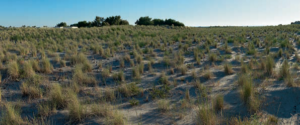
Vegetation on dunes in 2016 after restoration. Image source: https://climate-adapt.eea.europa.eu/metadata/case-studies/adaptive-restoration-of-the-former-saltworks-in-camargue-southern-france/camargue_figure-1.png/@@images/image/large
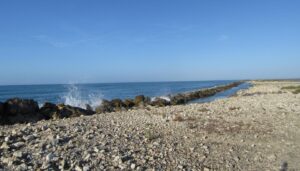
Breached dike in 2018. Image source: https://tourduvalat.org/wp-content/uploads/2018/11/2_recadree.jpg
References:
Adaptive restoration of the former saltworks in Camargue, southern France. Source: https://climate-adapt.eea.europa.eu/metadata/case-studies/adaptive-restoration-of-the-former-saltworks-in-camargue-southern-france
Towards Nature-based Solutions in the Mediterranean. Source: https://www.iucn.org/sites/dev/files/content/documents/towards_nature-based_solutions_in_the_mediterranean.pdf
Ramsar Sites Information Service. Source: https://rsis.ramsar.org/ris/346
Étangs et marais des salins de Camargue, un territoire en mutation. Source: https://vimeo.com/255004511?embedded=true&source=vimeo_logo&owner=54634678
Case study: Camargue’s former saltworks. Source: https://restorerivers.eu/wiki/index.php?title=Case_study%3ACamargue%E2%80%99s_former_saltworks
Ponds and Marshes in the Salines of Camargue (in French). Source: http://www.conservatoire-du-littoral.fr/siteLittoral/483/28-etangs-et-marais-des-salins-de-camargue-13_bouches-du-rhone.htm
Nature-based Solutions in the Old Salins of Camargue (in French). Source: https://climate-adapt.eea.europa.eu/metadata/case-studies/adaptive-restoration-of-the-former-saltworks-in-camargue-southern-france/camargue_doc-1.pdf
Definition of polder. Source: https://dictionary.cambridge.org/pt/dicionario/ingles/polder
